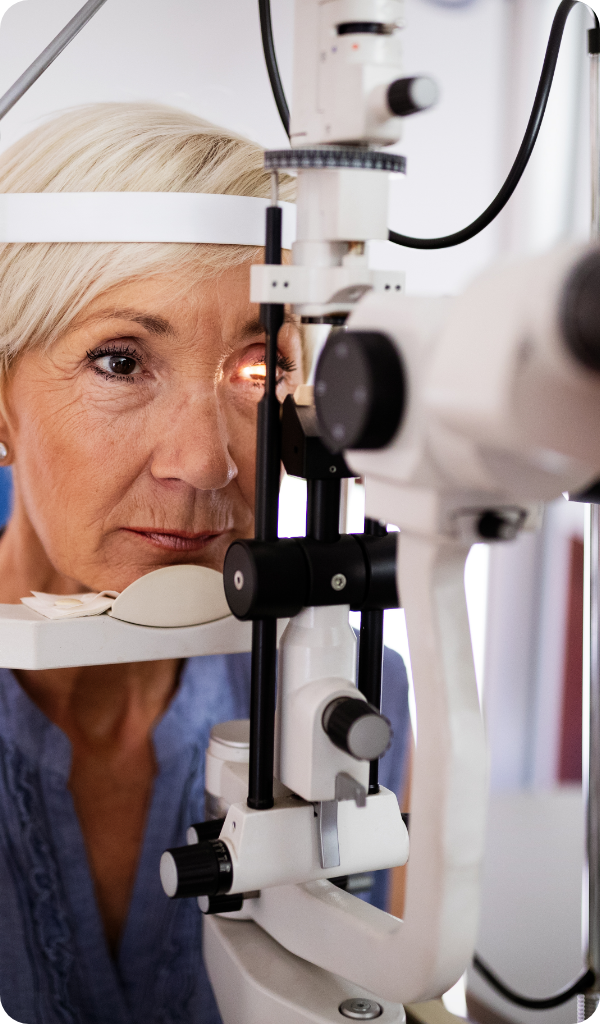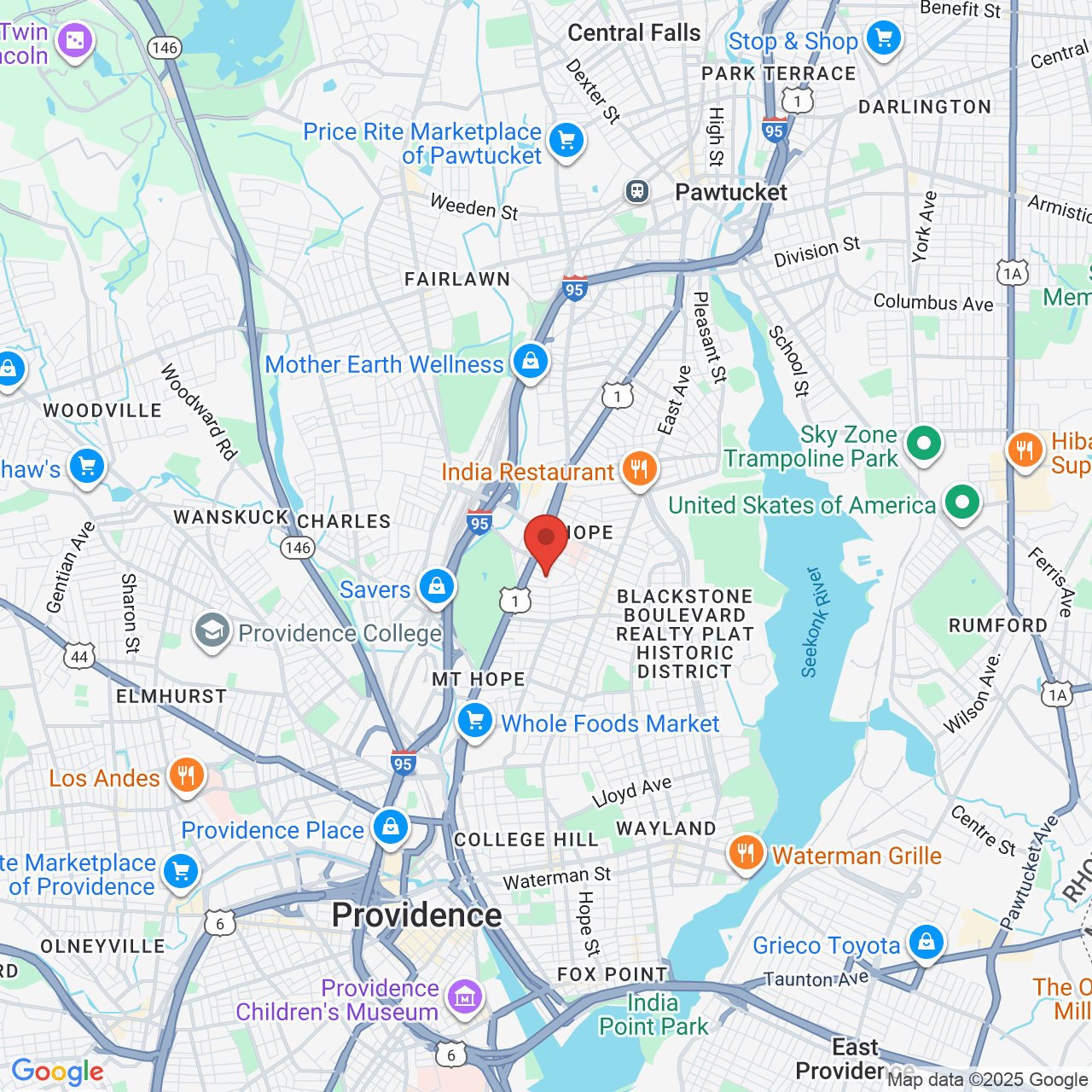Glaucoma Treatment Providence Preserve Your Vision
With Board-Certified Expertise
- Advanced laser and MIGS procedures available
- State-of-the-art diagnostic imaging
- Over 20 years of ophthalmic experience
- Personalized glaucoma plans for every stage

Trust Your Vision to a Board-Certified Glaucoma Specialist
Dr. Ezra Galler is a board-certified ophthalmologist who has spent more than two decades helping patients manage glaucoma and preserve their vision. His expertise spans medical, laser, and surgical treatments, including MIGS procedures for long-term pressure control.
- 20+ years of experience in treating all types and stages of eye conditions
- First in Rhode Island to perform laser vision correction
- Experienced in MIGS, canaloplasty, and cataract-glaucoma combo procedures
- Committed to using the latest diagnostic and surgical technologies
Dr. Galler sees patients at our Providence office, where our team prioritizes comfort, clarity, and results.
“Dr. Galler is the most caring, attentive, detail oriented doctor that I know.” — Shari K., 5-star review
Targeted Glaucoma Treatment for Lasting Relief
Glaucoma treatment focuses on reducing intraocular pressure to prevent further optic nerve damage and vision loss. While existing damage cannot be reversed, early and ongoing care can help preserve your sight. We create individualized plans tailored to your specific diagnosis — whether you’re managing open-angle glaucoma, angle-closure glaucoma, or another form of the condition.
Prescription Eye Drops
For many patients, treatment begins with prescription eye drops that decrease the amount of aqueous humor that is produced or improve fluid drainage. These medications help lower intraocular pressure and are often the first step in managing early stages of glaucoma.
Laser Surgery
Dr. Galler performs laser procedures to improve fluid outflow from the eye. For open-angle glaucoma, Selective Laser Trabeculoplasty (SLT) can help relieve pressure by targeting the drainage tissue. For angle-closure glaucoma, Laser Peripheral Iridotomy (LPI) LPI creates a small opening in the peripheral iris to restore fluid flow and lower eye pressure.
MIGS
If medications or laser treatments aren’t enough, Dr. Galler may recommend MIGS. For the right patients, these advanced procedures — including iStent®, Hydrus® Microstent, goniotomy, and canaloplasty — typically have fewer side effects and a faster recovery than traditional surgery. MIGS is often performed alongside cataract surgery for greater efficiency and a shorter recovery time overall.
How We Diagnose Glaucoma
Early, accurate diagnosis is critical to protecting your vision. We use state-of-the-art imaging and testing tools to detect glaucoma as early as possible — even before symptoms appear.
Our Providence, RI, office is equipped to perform:
- Intraocular pressure measurement with the Goldmann tonometer and Ocular Response Analyzer
- Corneal thickness evaluation to refine pressure readings
- Gonioscopy and optic nerve photography to assess drainage anatomy and nerve health
- Peripheral vision testing to monitor for functional vision loss
What to Expect With OCT Imaging
We also use OCT — a quick, non-invasive scan that captures high-resolution images of the retina and ganglion cell complex. This advanced tech helps us detect early optic nerve damage and monitor changes over time, allowing for more personalized treatment. Take the first step toward safeguarding your vision:

Common Symptoms of Glaucoma
Many patients don’t realize they have glaucoma until significant vision loss has already occurred. Because symptoms often develop gradually — or in some cases, not at all — regular eye exams are essential for early detection and treatment.
There is currently no cure for glaucoma, but with early diagnosis and proactive care, you can manage the progression of the disease and protect your sight. Our Providence, RI, team is equipped to detect subtle changes in your eye health and recommend treatment before permanent optic nerve damage occurs.
Symptoms to watch for include:
- Intense eye pain or pressure
- Redness or inflammation in one or both eyes
- Blurry vision or blind spots in your peripheral field
- Halos around lights, especially at night
- Frequent headaches or nausea
- Sudden loss of vision (a medical emergency)
If you’re noticing any of these symptoms — especially if you have a family history of glaucoma or other risk factors — don’t wait. Early intervention is key to preserving your vision.
Understanding the Two Most Common Types of Glaucoma
After diagnosis, your treatment plan will depend on the type and severity of glaucoma you’re facing. Most cases fall into one of two categories, each with distinct causes, symptoms, and treatment paths.
If you’re experiencing sudden eye pressure, visual changes, or any of the symptoms above, don’t wait:
“Highly recommend!” Kind Words From a Long-Time Providence Patient
“I’ve been seeing Dr. Galler for several years and more recently Dr. Z. I can’t say enough good things about this practice and have consistently received excellent care. Highly recommend!” — Devorah K., 5-star review


